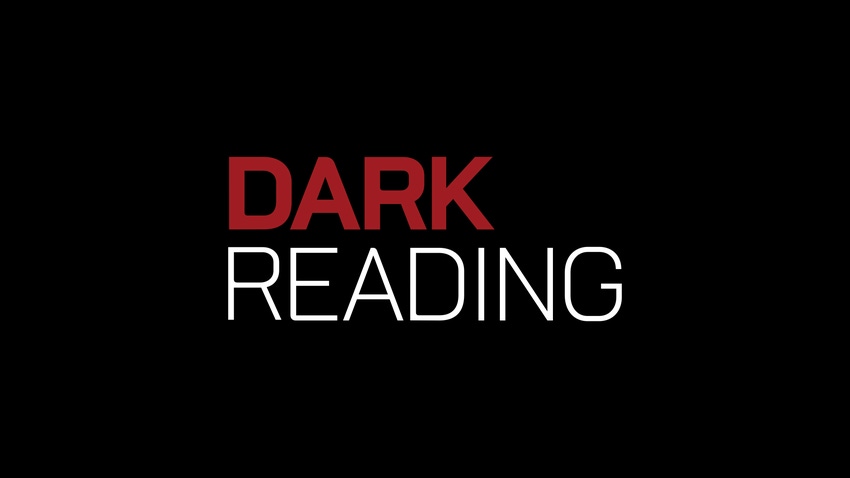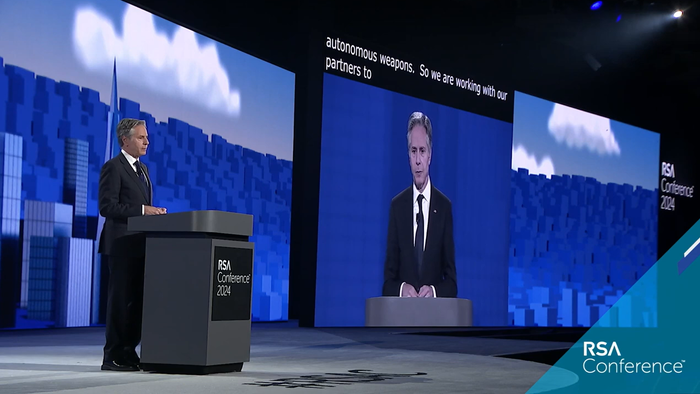FCC Takes Control Of Public Safety Network
The Federal Communication Commission intends to save $18 billion on its nationwide broadband public safety network by piggybacking on commercial network build-outs.

Bogged down for years in regulatory infighting and pigeonholed proposals, the fate of a public safety broadband network has in recent days been seized by the Federal Communications Commission, which is finally taking the proverbial bull by the horns and moving on several fronts to make a nationwide public safety network a reality.
The FCC has established a new Emergency Response Interoperability Center and, at the same time, has released recommendations on how such a network would be economically viable. While the ERIC would iron out the technical and operational complexities of the network, the plan, to be developed under the umbrella of the National Broadband Plan, would have a goal of saving some $18 billion over several years largely by piggybacking on commercial network build-outs.
"It is vitally important that we move forward with our plan to solve the public safety communications crisis that was exposed on 9/11 and during hurricanes Katrina and Rita," said Jamie Barnett, chief of the FCC's public safety and homeland security bureau, in a statement. "The time is now for us to move forward to ensure that we take advantage of this once-in-a-lifetime opportunity to leverage commercial technology, resources, and build out a network that reaches rural America."
A key focus of any attempt to build a nationwide public safety network is likely to be the large chunk of 700-MHz spectrum in the so-called D-Block. The D-Block did not receive any serious bids in the FCC 700-MHz auction two years ago and has lain fallow since then. AT&T and Verizon Wireless acquired most of the 700-MHz spectrum in the auction.
An important step in developing the nationwide network will be ERIC's establishment of a Public Safety Advisory Board that will work with industry, commercial providers, manufacturers, and standards-setting groups. Barnett said it is "critical" that the new public safety network be built "hand-in-hand with 4G commercial technologies".
The FCC said the effort will be coordinated with the Department of Homeland Security and the National Institute of Standards and Technology to ensure that interoperability exists in the 700-MHz band. The DHS will provide public safety outreach and technical assistance, while NIST will work in standards development, verification, testing, and validation.
A nationwide public safety network won't be inexpensive to create, but by capitalizing on a simultaneous deployment of commercial networks, the FCC said the public safety network would cost $6.5 billion over a 10-year space -- less that the projected $15.7 billion cost of a stand-alone public safety network. The FCC's projected approach would also save billions in network upgrades and operations. The FCC indicated it would give incentives to commercial interests to provide services for the public safety network.
In a related development, the FCC Monday launched a Spectrum Task Force, which would assist in developing spectrum recommendations of the NBP. FCC chairman Julius Genachowski has warned of a looming "spectrum crisis" caused by the increased clogging of networks. The crisis is expected to grow as more network capacity is used by the growth of smartphones and other devices with wireless capabilities.
Read more about:
2010About the Author(s)
You May Also Like
Is AI Identifying Threats to Your Network?
May 14, 2024Where and Why Threat Intelligence Makes Sense for Your Enterprise Security Strategy
May 15, 2024Safeguarding Political Campaigns: Defending Against Mass Phishing Attacks
May 16, 2024Why Effective Asset Management is Critical to Enterprise Cybersecurity
May 21, 2024Finding Your Way on the Path to Zero Trust
May 22, 2024
Black Hat USA - August 3-8 - Learn More
August 3, 2024Cybersecurity's Hottest New Technologies: What You Need To Know
March 21, 2024


